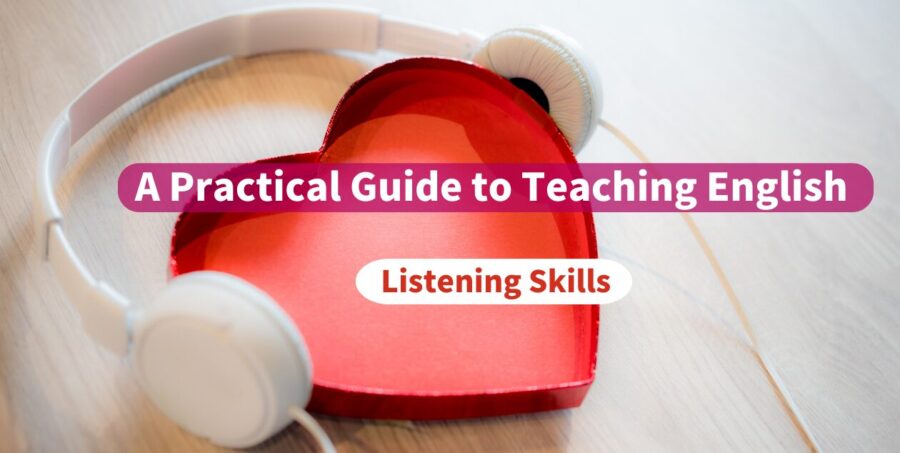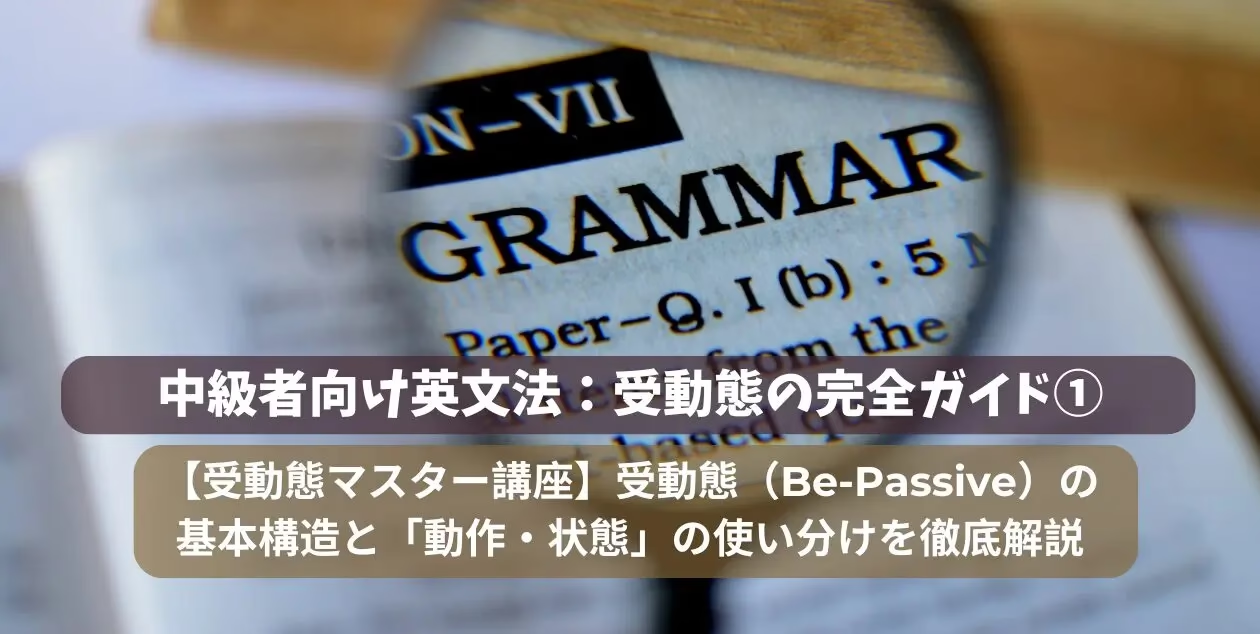Teaching English listening skills can be a daunting task for many instructors. Questions like how to structure lessons, choose the right materials, and tailor methods to meet learners’ needs often arise. Based on over 35 years of teaching experience, this article outlines effective strategies for teaching listening. By following this guide, you can help your students build confidence and steadily improve their listening abilities.
1. Understanding Activity Levels

Understanding activity levels is critical for effective listening instruction. Activities in textbooks generally fall into two categories:
- Receptive Level: Activities focused on comprehension. Students only need to understand the material.
- Productive Level: Activities where students actively practice and use the content they have learned.
Listening activities are typically receptive, emphasizing understanding rather than production. To design an effective lesson, identify whether an activity introduces, reinforces, or applies new grammar, vocabulary, or expressions.
2. What Is the Listening Section in Textbooks?

The listening section in textbooks can exist as standalone activities or as part of broader lessons, such as dialogues. These sections primarily aim to:
- Practice listening skills.
- Introduce new grammar structures, vocabulary, or expressions.
Understanding these goals allows instructors to set realistic objectives for each lesson and reduce unnecessary pressure on students.
3. Three Steps to Teaching Listening

Effective listening instruction involves a structured approach with three distinct stages.
1. Pre-listening
This stage prepares students to engage with the task. It includes the following steps:
- Set up:
-
Introduce the context, characters, and setting. Use visuals such as illustrations or whiteboard drawings to help students grasp the scenario.
Example: Use a textbook illustration and ask:T: Who is she?
S: Taylor.
T: Where are they?
S: Living room. - Vocabulary:
-
Pre-teach essential words and phrases needed for the listening task to minimize confusion.
For example, if the listening activity is about movies, introduce terms like “sci-fi” and “action movie.”
- Task explanation:
-
Clearly explain what students should focus on during the activity.
Example: “Listen and write down the names of the movies.”
2. While-listening
This stage involves playing the audio while carefully observing student reactions.
- Monitoring: Pay attention to students’ expressions and gestures to gauge understanding. Look for signs of focus, such as note-taking or attentive listening.
- Repetition: If students struggle, replay specific sections or the entire audio. Highlight key phrases or terms as needed.。
3. Post-listening
After listening, focus on checking comprehension and reinforcing the material. Key activities include:
- Task review:
-
Conduct answer checks, either as a class or in pairs. For instance:
T: What is the answer for question 1?
S: “Star Wars.” - Supplementary discussion:
-
Encourage students to engage in a short discussion related to the listening content to boost their sense of achievement. For example, ask about the last movie they watched:
T: What kind of movies do you like?
S: Action movies.
T: Great! I love action movies too.
4. Key Points for Instructors

- The success of listening activities heavily relies on the Pre-Listening stage. Proper preparation sets the foundation for effective lessons.
- Avoid over-explaining. Use questions to promote active student participation.
- Focus on providing positive experiences. Building students’ confidence through small successes leads to long-term improvement.
Conclusion
To teach listening effectively, it is essential to understand its purpose and adopt a structured approach. By emphasizing context, preparation, and interaction, instructors can deliver impactful lessons that enhance students’ skills and confidence. Remember, listening activities are opportunities for practice and growth, not tests.
Did you find these tips helpful? Share your thoughts in the comments below! Check out our other posts for more teaching techniques, and subscribe to our newsletter for the latest resources and strategies.






















